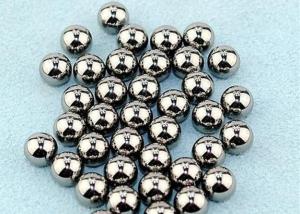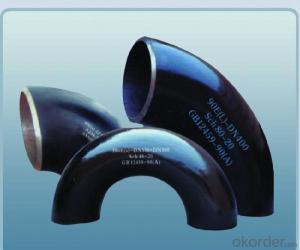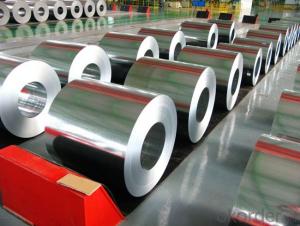440c Stainless Steel
440c Stainless Steel Related Searches
Best Paint For Stainless Steel Blanket Insulation For Steel Buildings Primer For Galvanized Steel Foam Filter For Stainless Steel H S Code For Stainless Steel Surface Grinding Wheels For Stainless Steel Surface Grinding Wheels For Hardened Steel Hole Saw For Stainless Steel Paint For Stainless Steel Stainless Steel For BbqHot Searches
Steel Mesh Panels For Sale Price For Stainless Steel Scrap Scrap Price For Stainless Steel Price For Stainless Steel Stainless Steel Tank For Sale Stainless Steel Sheets For Sale Cheap High Tea Sets For Sale Stainless Steel Tanks For Sale Stainless Steel For Sale High Density Fiberboard For Sale Solar Hot Water Collectors For Sale Scaffolding For Sale In Uae Scaffolding For Sale In Ireland Scaffolding For Sale In Houston Type Of Inverter For Solar Price Of Shipping Containers For Sale Types Of Inverter For Solar Stock Price For Aluminum Used Solar Inverter For Sale Steel Mesh Panels For Sale440c Stainless Steel Supplier & Manufacturer from China
Okorder.com is a professional 440c Stainless Steel supplier & manufacturer, offers integrated one-stop services including real-time quoting and online cargo tracking. We are funded by CNBM Group, a Fortune 500 enterprise and the largest 440c Stainless Steel firm in China.Hot Products
FAQ
- Yes, stainless steel sheets can be used for decorative elevator doors or panels. Stainless steel is a versatile material that is known for its durability, sleek appearance, and resistance to corrosion. It can be easily shaped, engraved, or finished in various ways to create visually appealing designs for elevator doors or panels. Additionally, stainless steel's hygienic properties make it a popular choice for elevator applications.
- The specific grade and thickness of a stainless steel sheet can cause variations in its flatness tolerance. Typically, the flatness tolerance is defined as the maximum deviation from a completely flat surface. For stainless steel sheets, the accepted industry standard usually sets this tolerance at around 0.003 inches per linear foot. Nevertheless, it is crucial to acknowledge that various industries or applications may have their own unique flatness tolerance criteria. Consequently, it is always wise to refer to the relevant standards or specifications for the specific stainless steel sheet in question to ascertain the suitable flatness tolerance.
- Yes, stainless steel sheets can be used for elevator handrails or grab bars. Stainless steel is a popular choice for these applications due to its durability, corrosion resistance, and aesthetic appeal. Stainless steel sheets can be fabricated into various shapes and sizes to meet the specific requirements of elevator handrails or grab bars, ensuring safety and comfort for users. Additionally, stainless steel is easy to clean and maintain, making it a practical choice for high-traffic areas such as elevators.
- Yes, stainless steel sheets are suitable for fire-rated applications. Stainless steel has excellent fire resistance properties, including high melting point and low thermal conductivity, which make it highly resistant to fire and heat. It does not contribute to the spread of flames and is often used in fire-rated doors, walls, and other applications where fire protection is required.
- Yes, stainless steel sheets are highly suitable for architectural panels due to their durability, corrosion resistance, and aesthetic appeal. They provide a sleek and modern look, making them a popular choice for contemporary architectural designs. Additionally, stainless steel sheets can be customized in various finishes and patterns, allowing for creative and versatile architectural applications.
- What's the surface of the 304 stainless steel matte board?
- Silvery white, matte, hot rolled to specified thickness and then annealed and descaling. A rough, matt surface that does not require surface gloss
- Stainless steel sheets come in a variety of colored finishes that serve to enhance their appearance and offer different aesthetic options. Some of the most popular colored finishes include: 1. Mirror Finish: This particular finish achieves a highly reflective, mirror-like surface on the stainless steel sheets. By polishing the stainless steel surface to a high gloss, a sleek and modern look is achieved. Mirror finishes are commonly used for decorative purposes. 2. Satin Finish: Also known as a brushed or matte finish, this type of finish provides a smooth, non-reflective surface. It is achieved by brushing the stainless steel surface with an abrasive material. Satin finishes are commonly used in architectural and industrial applications, giving off a clean and contemporary appearance. 3. Colored Powder Coating: This finish involves applying a dry powder to the stainless steel surface and then curing it under heat. The result is a durable and uniform colored finish. Colored powder coatings offer a wide range of hues, allowing for customization and versatility in design. 4. PVD Coating: The process of Physical Vapor Deposition (PVD) entails depositing a thin layer of metal onto the stainless steel surface. This coating can be in various colors, such as gold, bronze, black, or rose gold. PVD coatings are highly durable and resistant to wear, making them suitable for high-traffic areas or decorative applications. 5. Colored Anodizing: This finish is achieved through an electrochemical process that creates a protective oxide layer on the stainless steel surface. By incorporating dyes into the anodizing process, a plethora of colors can be achieved. Colored anodized finishes are known for their corrosion resistance and find utility in architectural or design-oriented applications. Each of these colored finishes possesses unique characteristics and can be selected based on desired aesthetics, durability, and specific application requirements. It is crucial to consider factors such as maintenance requirements, environmental conditions, and intended use when choosing a colored finish for stainless steel sheets.















































